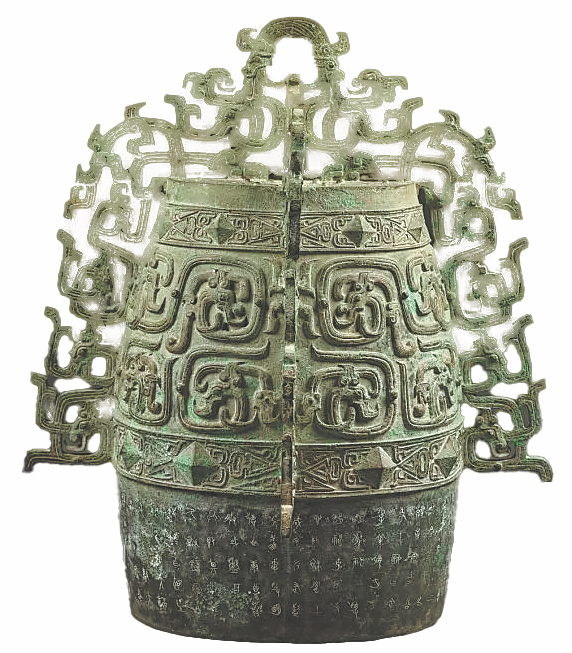

The sage Confucius once sought the counsel of another wise man, Laozi (Lao Tzu), the founder of Taoism, 20 years his senior. "Beyond appearances and behavior that are less than sharp, there often lies a noble soul," Laozi told Confucius, who was probably in his 20s or 30s when this encounter happened, in the first half of the sixth century BC.
"Rid yourself of arrogance and desire, and rein in your vanity and self-delusion, none of which will serve you well. That's all I have to say."
Laozi is reputed to have composed Tao Te Ching (Dao De Jing, the foundational work of Taoism) in just one session, and this one meeting with Confucius was apparently all that was needed to awe this equally brilliant mind.
"I know that birds can fly, fish can swim, and beasts can run," Confucius would later tell his disciples. "To capture them you need arrows, angling lines and nets. But I had no idea of a dragon, riding on winds and clouds, and soaring to heaven — until I met Laozi."
In short, a dragon could be neither defined nor confined.
Four centuries after that meeting, Confucianism was enshrined by a powerful Chinese emperor as the guiding ideology for his society. Yet Taoism continued to exert its influence culturally and artistically. In due time both incorporated the image of a dragon in their visual expressions.
Confucius died in 479 BC, and his humble residence in what is today the city of Qufu, Shandong province, was turned into a memorial the following year. In the ensuing centuries, the small compound was continuously expanded and added to, until it became the ultimate shrine for the wise man — the temple of all Confucius temples in China. One of its most remarkable architectural features was 10 carved stone columns in front of the temple's main hall, underneath its eaves.